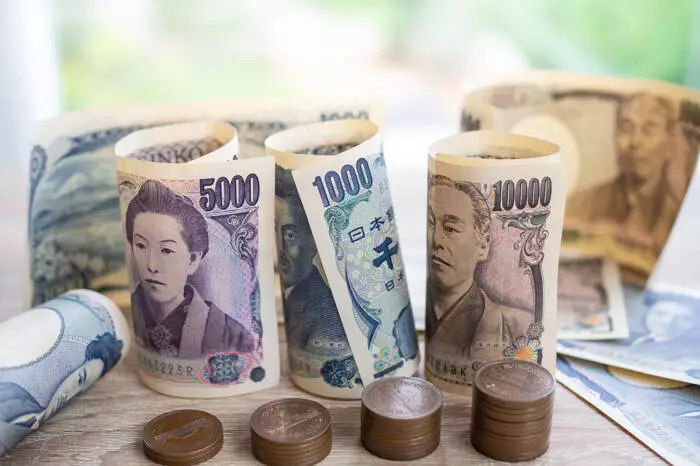As the financial world keenly awaits critical economic indicators on May 30, the impending data releases are positioned at the heart of potential shifts in the Bank of Japan’s (BoJ) policy stance. Economists forecast a troubling 0.3% month-on-month decline in April retail sales, which would extend the downtrend observed in March, where sales dipped by 1.2%. This pattern of diminishing retail activity isn’t merely a number on a screen; it embodies significant challenges for the Japanese economy, hinting at broader implications that could exacerbate recession anxieties. If the retail numbers plunge beyond expectations, the implications for inflation could be dire, likely eroding the BoJ’s already tenuous commitments to maintaining an accommodative monetary policy.
Conversely, a surprise increase in retail sales could shift the BoJ’s perspective, making them appear more hawkish. This scenario stands to amplify scrutiny on inflation, particularly surrounding consumer price index (CPI) readings. Forecasts predict that Tokyo’s CPI Ex-Food and Energy could tick upwards to 2.1% year-on-year in May from 2% in April, suggesting a delicate dance where even slight improvements in consumer spending could bolster hopes for economic recovery.
Market Reactions: The Ripple Effect on the USD/JPY Pair
The USD/JPY continues to navigate a turbulent sea of economic indicators and central bank strategies that significantly influence its trajectory. The recent retail and inflation data aren’t the only factors at play. As global trade tensions simmer and fiscal policies shift, the USD/JPY pair emerges as a barometer of both domestic and international sentiment. The bulls are eyeing a move towards the significant threshold of 140, driven by positive Japanese economic indicators or a more aggressive tone from the BoJ. This presents an opportunity for traders to exploit the prevailing sentiment, where optimism can easily tilt the scale towards a bullish scenario.
On the flip side, analysts are wary of a rising wave of recession fears, particularly in a bearish context. Should the USD/JPY fall beneath the cyclical low of 139.576 from September 2024, it could trigger a cascade of unwinding positions, particularly in the Yen carry trade, where leveraged investors might rapidly exit their positions. The fine balance between a robust USD demand and Yen depreciation encapsulates the precariousness of the current market conditions.
US Economic Forecasts: The Federal Reserve’s Policy Dilemma
Moving across the Pacific, the US economic data also takes center stage as it poses potential ramifications for the currency exchange rates. Key indicators like consumer confidence, GDP growth, and the eagerly awaited Personal Income and Outlays Report are set to guide the Federal Reserve’s next steps in monetary policy. The anticipation is palpable as the Consumer Confidence Index is expected to show a modest rise from 86 in April to 88 in May, while the second estimate of Q1 GDP paints a more complex picture, likely highlighting a contraction of 0.3%. This bleak statistic brings the specter of recession closer, casting doubts on the Fed’s ability to maintain a hawkish stance.
As economic activities ebb and flow, sharp fluctuations in the USD/JPY can arise. A stronger reading from the Personal Income and Outlays Report could act as fuel for an already optimistic dollar, pushing USD/JPY above 145. On the other hand, disappointing metrics might renew speculation about the Fed cutting rates, potentially shifting the dynamics towards the 140 barrier once again.
Technical Insights: Navigating the Chart Realities
From a technical analysis perspective, the trajectory of USD/JPY remains influenced by its relation to critical moving averages. Currently, it trades below both the 50-day and 200-day exponential moving averages, suggesting a bearish sentiment prevailing across the market. Traders should remain vigilant: a breakthrough above 145 could signal a revival, potentially targeting upper resistance levels such as the April high of 148.280. In stark contrast, should bearish momentum prevail, a slip below the recent low of 142.419 could see the price target lower support levels, testing the thresholds of psychological barriers like 140.309 and 139.576.
The 14-day Relative Strength Index (RSI) reflects a reading of 41.27, hinting that while further downside risks persist, there may be room for a potential rebound before entering oversold conditions below 30. This combination of economic indicators and technical signals creates an intricate web of possibilities, one that requires acute awareness and strategic foresight for investors navigating the USD/JPY landscape.

